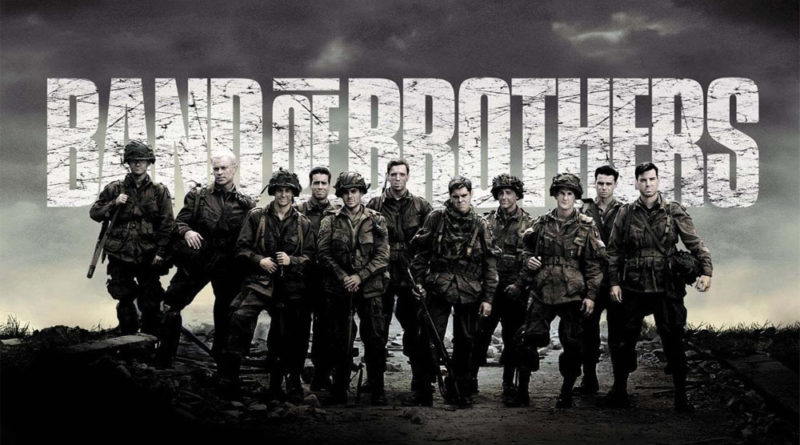The Breaking Point
Without a doubt, this episode is packed with action and drama, as Easy Co. sustains multiple casualties while under continuous German artillery. We will focus on the assault on the town of Foy, in the latter half of the episode. At his point in the battle, Easy Co. is under the command of Lt. Dyke, and makes an assault across an open field, while under fire. In the midst of the assault, Dyke becomes overwhelmed and enters "the spin cycle." In the face of a very dynamic environment, he fails to act. As a consequence, his soldiers are caught in the open and suffer. Dyke demonstrates through his failure to act, that he has failed as a leader.
Effective Leaders have a Bias Towards Action
What is a bias towards action? In the face of uncertainty and complex/dynamic situations, effective leaders take action.
Failing to make a decision, is making a decision to fail.
Making a decision doesn't mean making a move, just to make a move. For example, after securing the perimeter and isolating entry, the first question that an incident commander should ask in a HazMat situation is something like, "If we take no action, will the situation resolve itself?" Making a conscious decision to act, or not act, is still making a decision. In some cases, it takes a great deal of discipline to decide to wait. The point is...make a decision. Go...stay...right...left...move...wait... Effective leaders make decisions, and in the face of uncertainty, they have a bias towards action.
Discussion questions to consider...
- What does a "Bias Towards Action" mean to you?
- How would you compare and contrast the actions of Lt. Dyke to the actions of Lt. Spears?
- Have you ever worked for or with a leader who couldn't make a decision? If so, what was that experience like for you?
- As a leader in the fire service, which decisions should you be making...and which decisions should you be empowering others to make?
